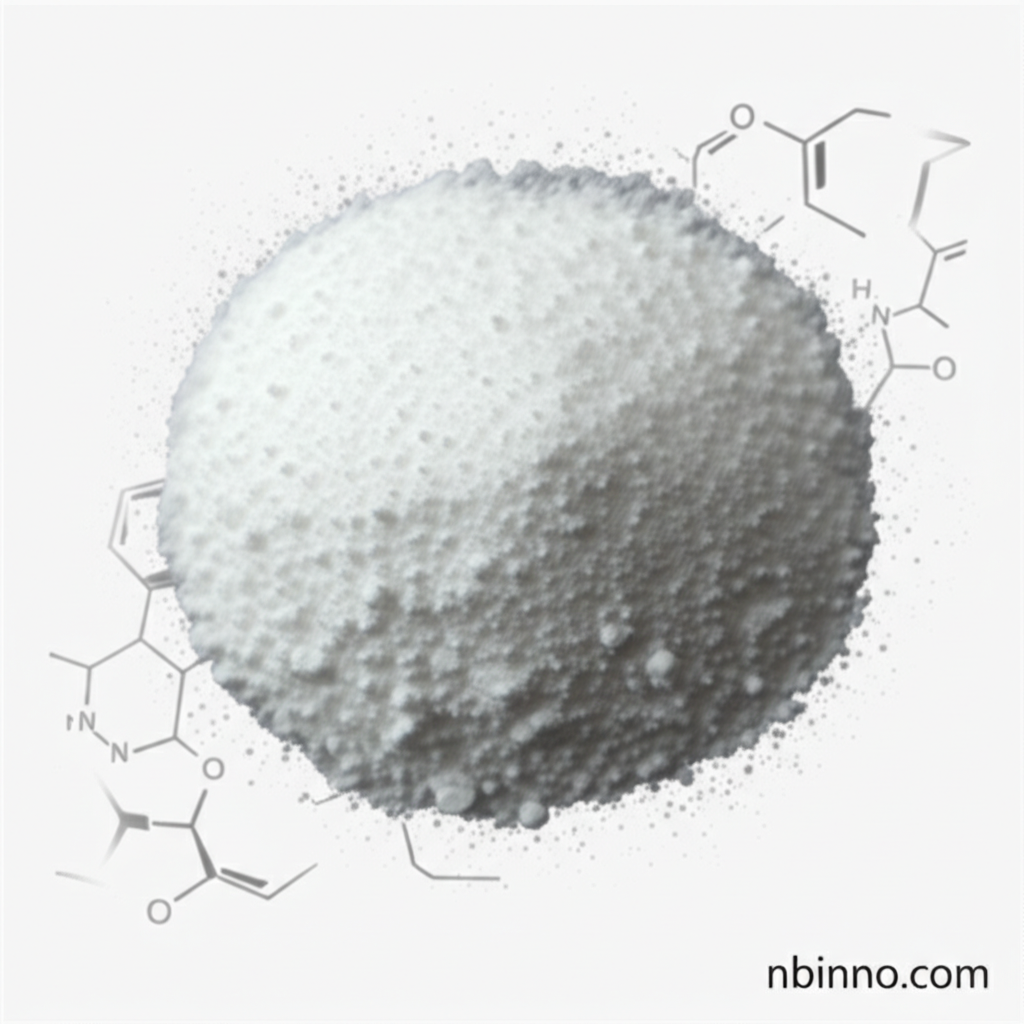Understanding 4-(imidazol-1-ylmethyl)benzonitrile (CAS 112809-54-8)
Explore the properties, synthesis, and diverse applications of this crucial organic chemical intermediate.
Get a Quote & SampleProduct Core Value

4-(imidazol-1-ylmethyl)benzonitrile
This compound is a valuable organic intermediate, recognized for its unique structure combining benzonitrile and imidazole moieties. Its primary value lies in its utility as a building block for synthesizing more complex molecules, finding applications in pharmaceutical research, materials science, and various other chemical synthesis pathways.
- Discover the key properties of 4-(imidazol-1-ylmethyl)benzonitrile, including its precise molecular formula (C11H9N3) and molecular weight (183.21).
- Learn about the chemical synthesis methods used to produce this organic intermediate, crucial for sourcing high-quality material.
- Understand the diverse applications of 4-(imidazol-1-ylmethyl)benzonitrile in areas like medicinal chemistry and advanced materials development.
- Explore the importance of purity (97% min) and quality control in ensuring reliable performance in your chemical synthesis projects.
Advantages of Utilizing This Compound
Versatile Synthesis Intermediate
Leverage 4-(imidazol-1-ylmethyl)benzonitrile in various chemical synthesis pathways, making it an indispensable tool for organic chemists to buy for developing novel compounds.
Pharmaceutical Building Block
Its heterocyclic structure and functional groups make it an excellent starting point for the development of new pharmaceutical agents, contributing to drug discovery efforts.
Materials Science Potential
Explore its use in creating advanced materials, where its unique chemical properties can be harnessed for specific functional applications in material science.
Key Applications
Medicinal Chemistry
As a key pharmaceutical building block, this compound is integral to the synthesis of potential drug candidates, driving innovation in healthcare research.
Organic Synthesis
This compound serves as a versatile intermediate for chemists looking to construct complex organic molecules, facilitating breakthroughs in synthesis.
Materials Science
Its properties make it a candidate for creating novel materials with specific functionalities, advancing research in areas like polymer science and nanotechnology.
Chemical Research
Essential for academic and industrial research labs, this chemical intermediate aids in exploring new chemical reactions and discovering novel compounds.
